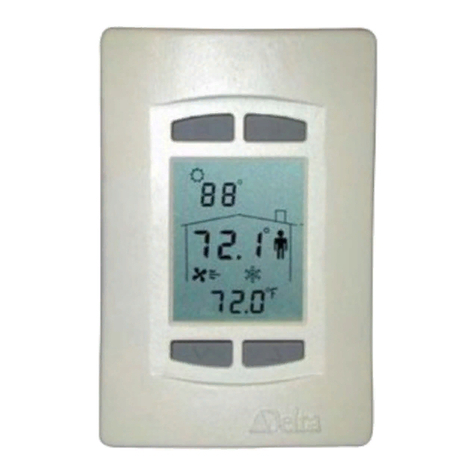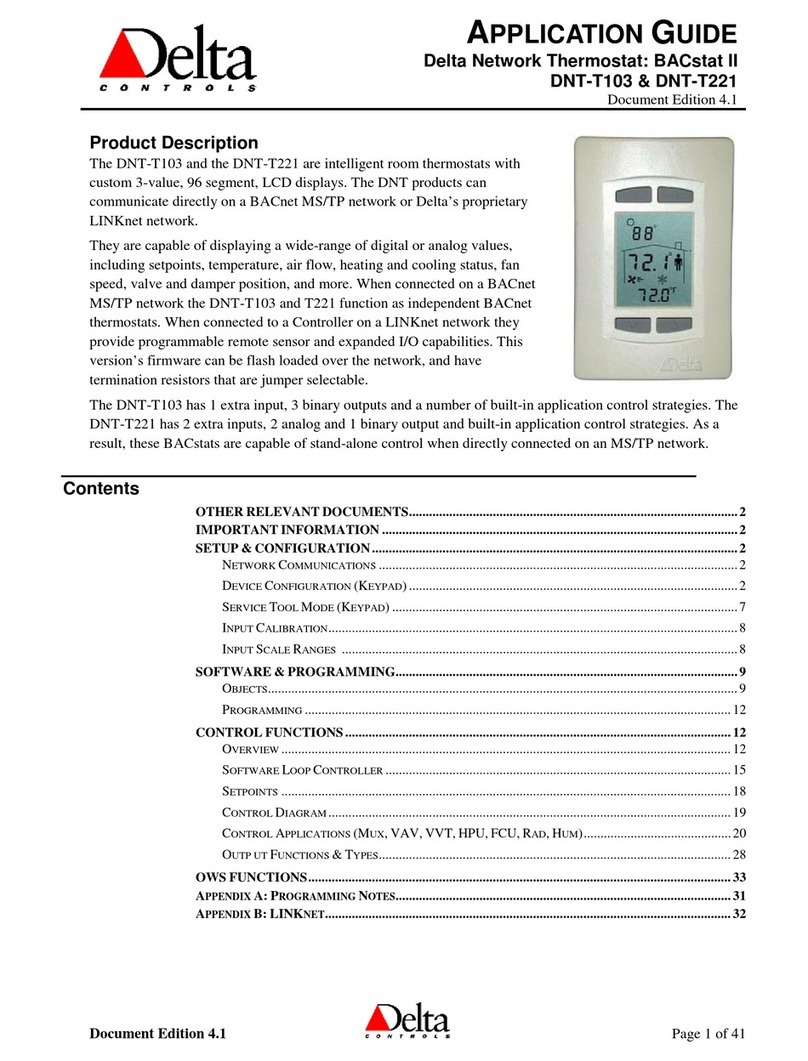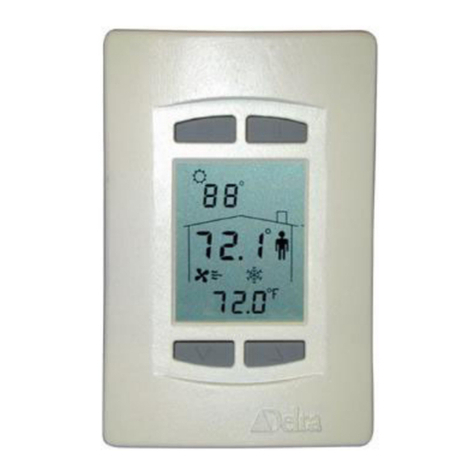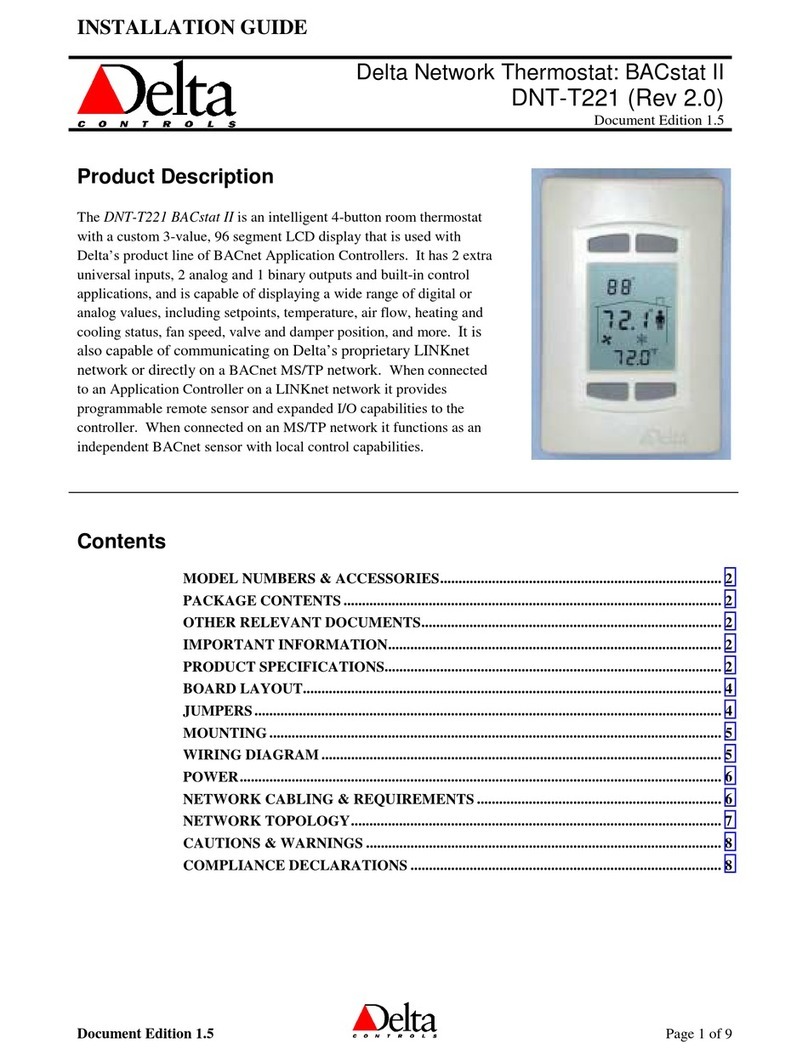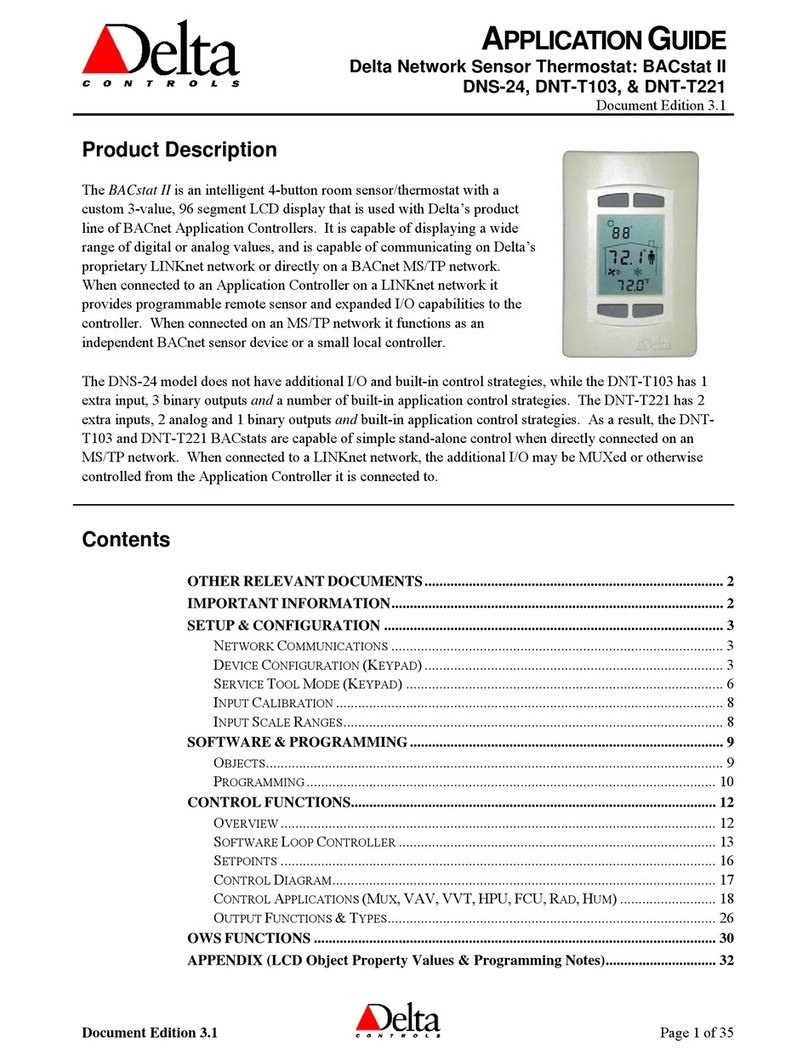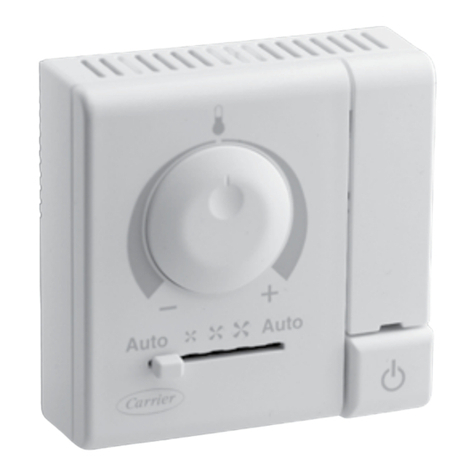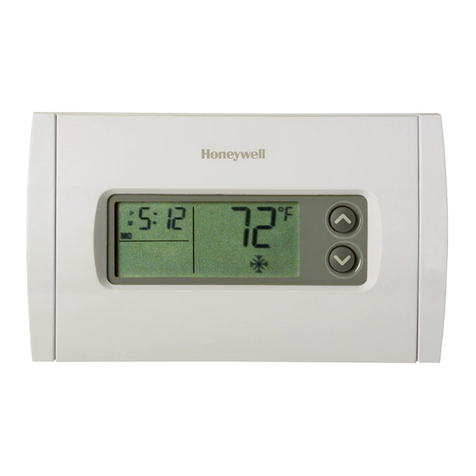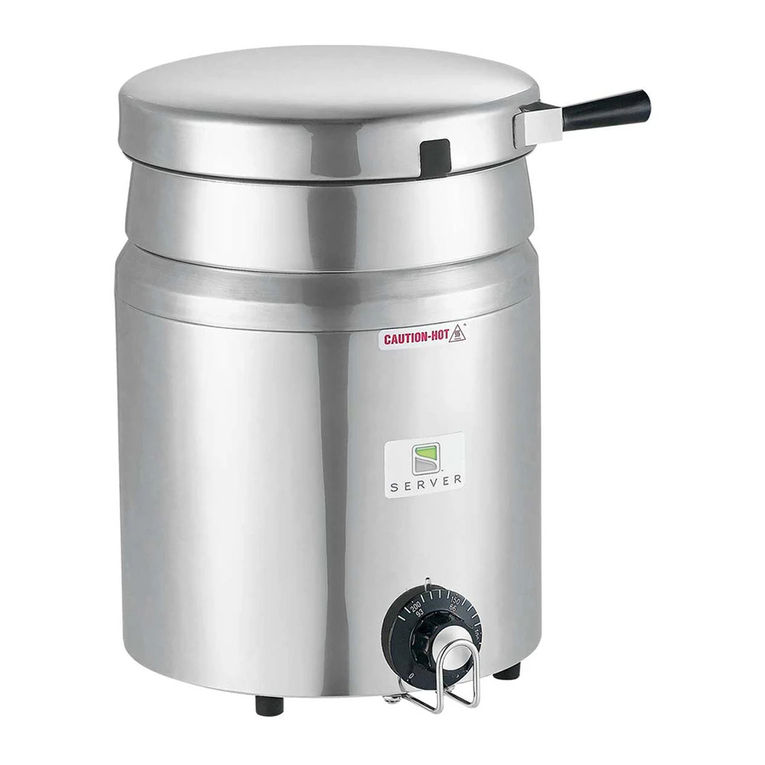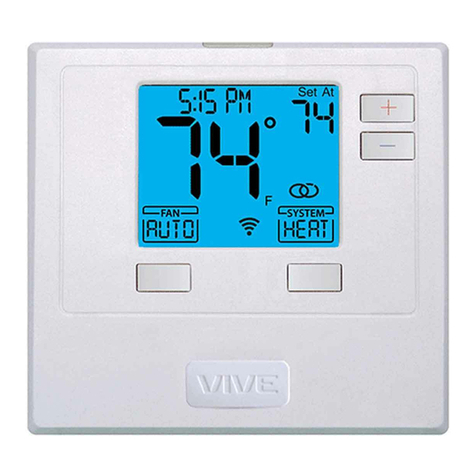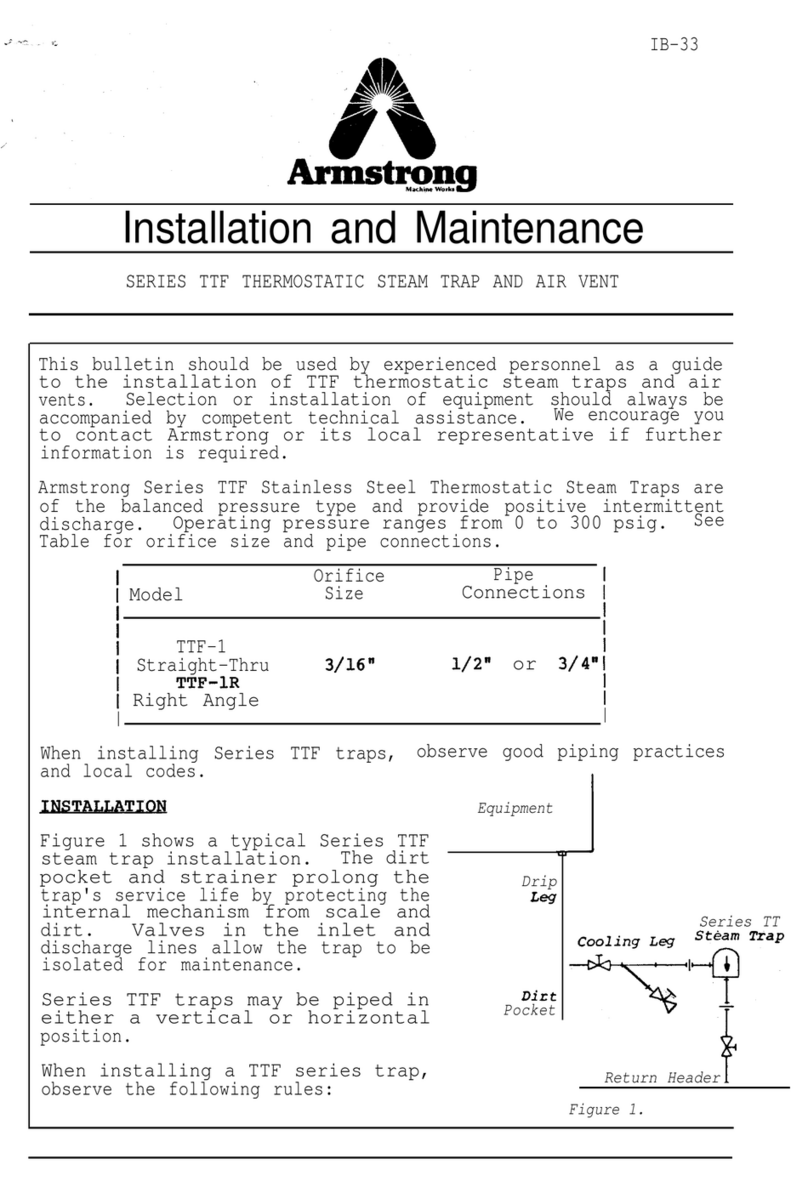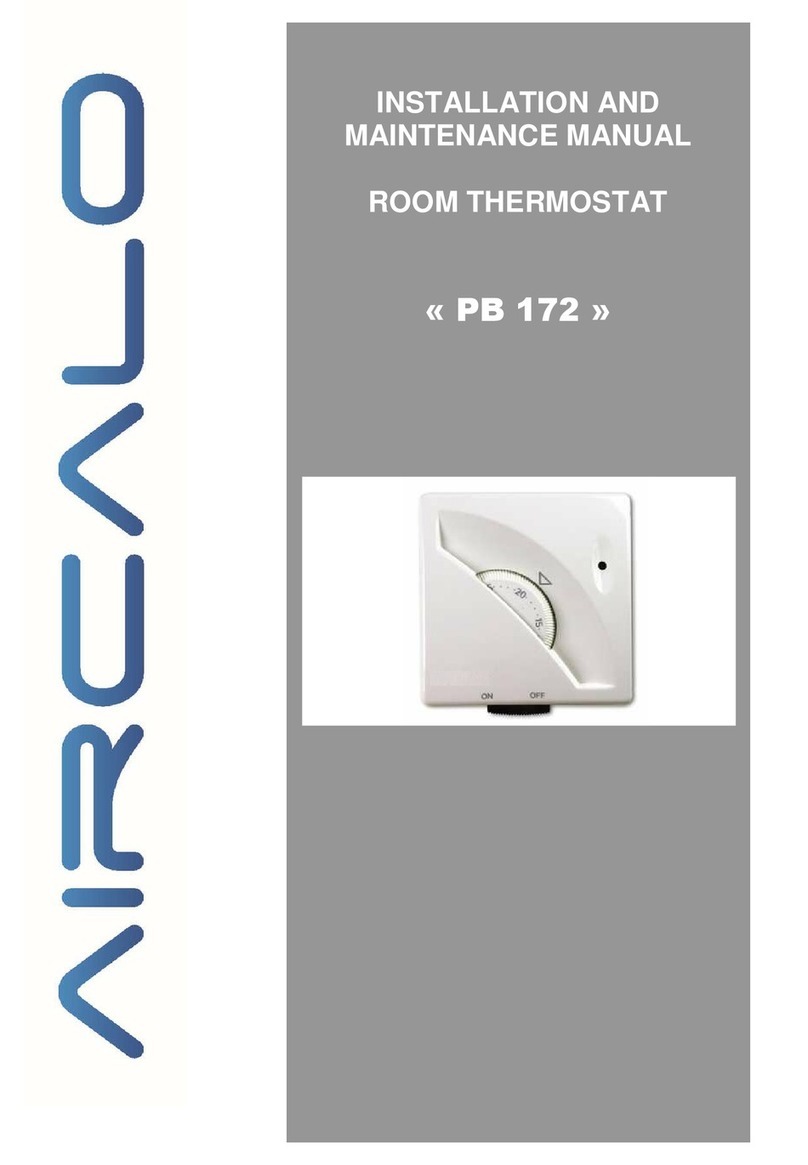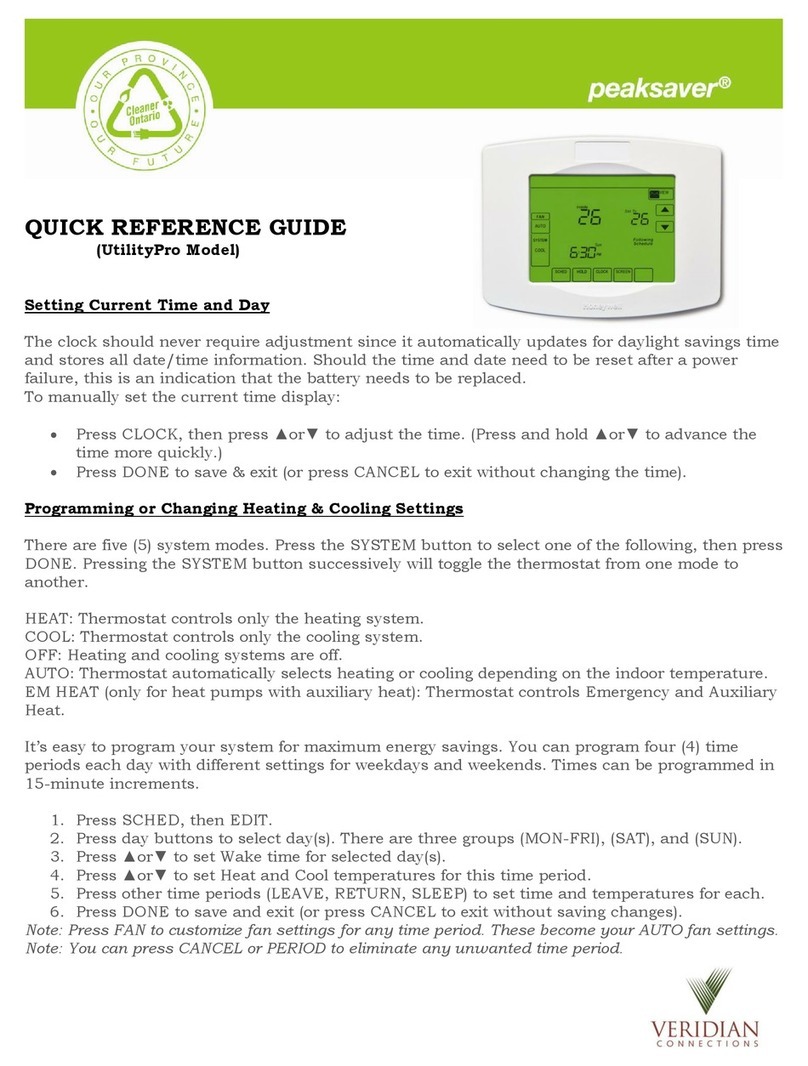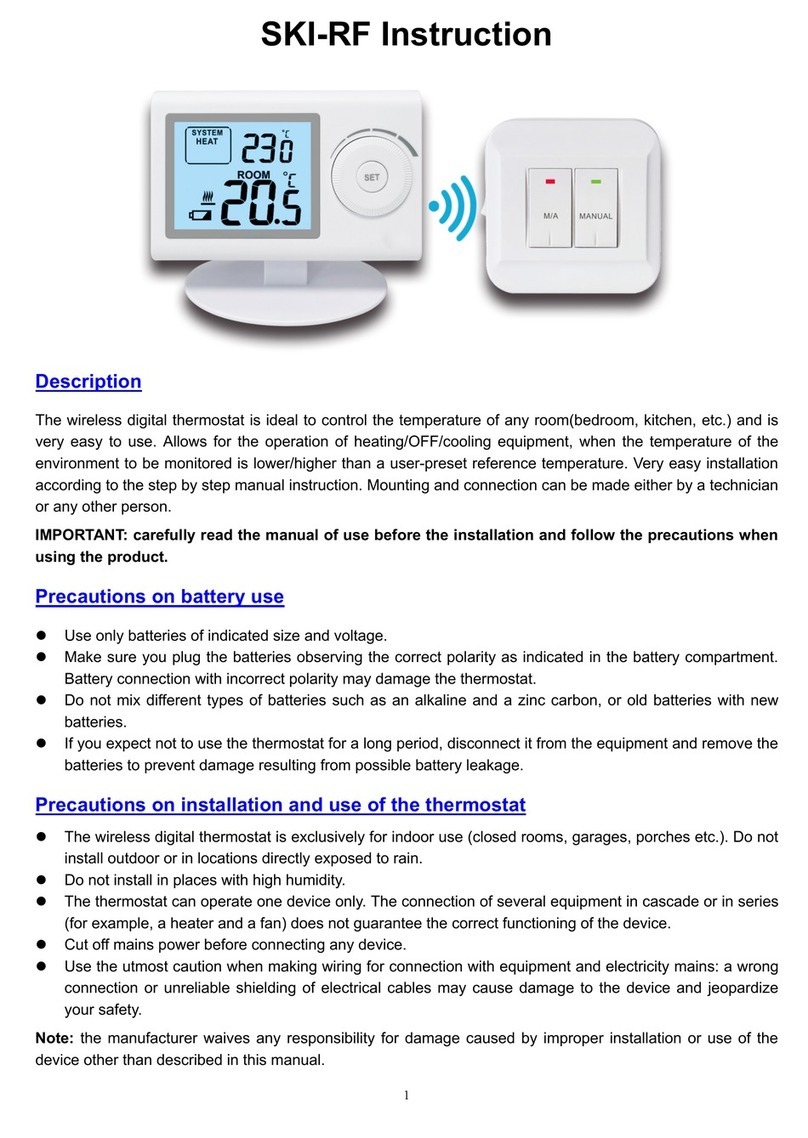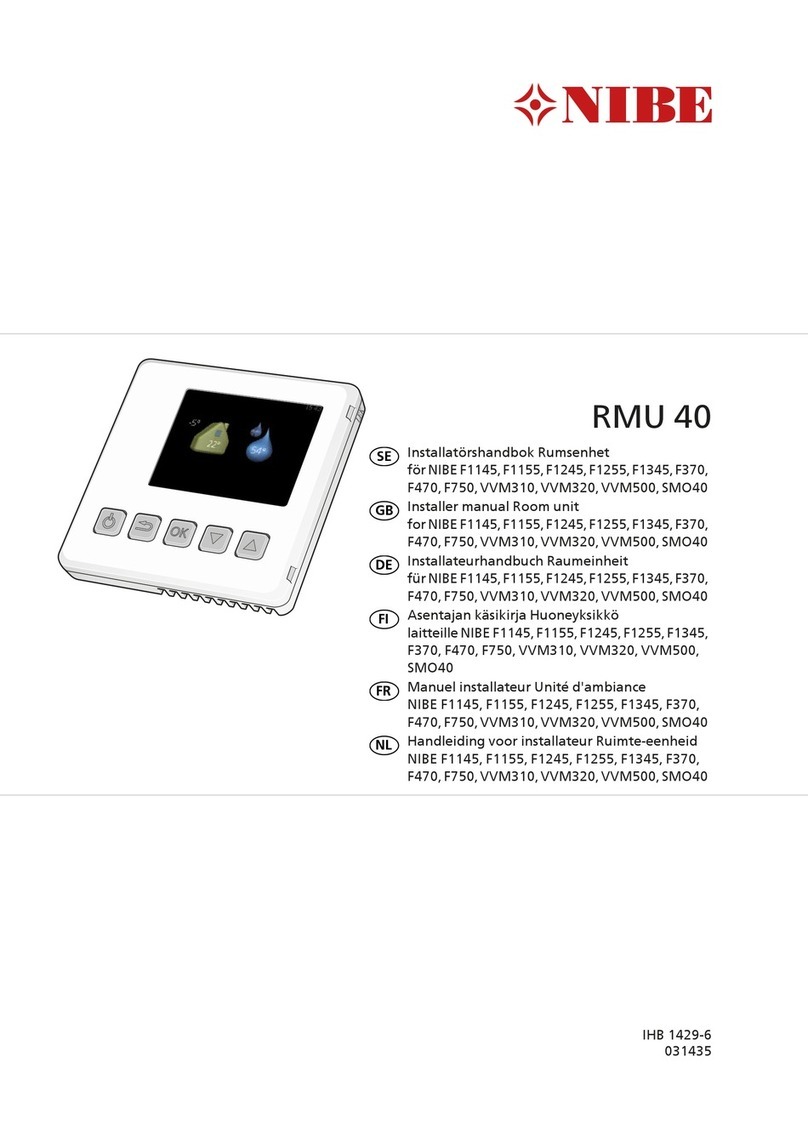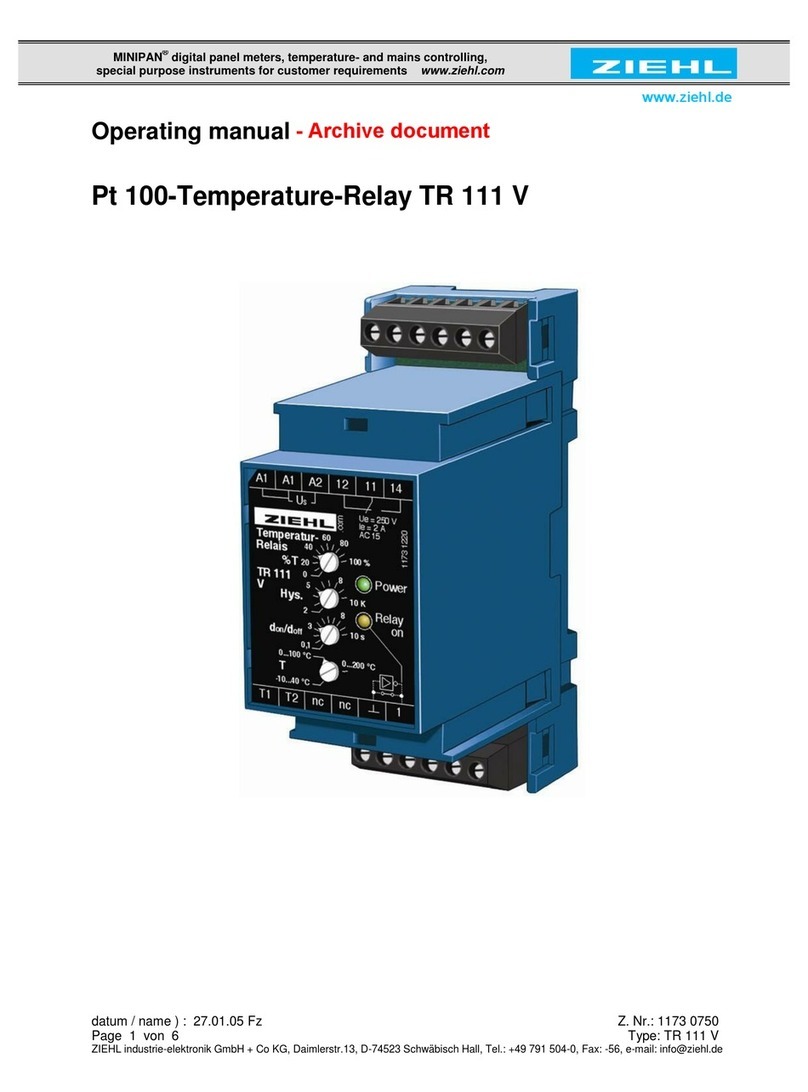
Page 7
Measure the refractory thickness with a measuring
tape. Confirm that this distance matches the length
of the straight portion of the HRW Refractory Well as
shown.
(If the HRW well is too short, the thermocouple will
contact it during thermocouple insertion, causing it to
break. If the HRW well is too long, there is an
increased possibility of breakage due to thermal
shock)
If there is a discrepancy of more than
0.5in (12 mm) on the above
measurements, DO NOT install the
thermocouple until the discrepancy
is resolved. (see below)
Resolving Dimensional Problems.
Carefully measure the nozzle and refractory dimensions and compare them to the dimensions on the front cover of
this manual. Dimensional discrepancies are commonly caused by the following conditions:
1. Nozzle inner diameter is not as specified – If the nozzle I.D. is too small, the hard insulating rings will
not fit. These rings can be cut down to size. This is best done in a lathe with a tapered arbor to fit the center
hole. Use a dust collector when cutting these rings to avoid breathing the dust.
2. Nozzle height is not as specified – If the nozzle is too tall, the thermocouple will not extend all the way
into the vessel and may report erroneously low temperatures. If the nozzle is too short, the thermocouple
may contact the bottom of the refractory well causing it to break. (See Note “4”, below). Contact Delta
Controls to arrange for a thermocouple correctly sized for the installation.
3. Incorrectly specified thermocouple dimensions – The design intent is for the thermocouple element tip
to be positioned even with the refractory hot face, and for the HRW Refractory Well to extend approximately
1 inch (2.5 cm) past the refractory hot face. If these conditions are not met, the result may be inaccurate
measurement and/or breakage due to mechanical interference or thermal shock. Contact Delta Controls
to arrange for a thermocouple that is correctly sized for the installation.
4. Refractory has entered the base of the nozzle –The top surface of the refractory should be even with
the inside surface of the vessel shell. If it is not, the HRW Refractory Well will not rest at the proper position
and may cause it to be broken when the thermocouple is inserted into the nozzle. If there is refractory
material inside the base of the nozzle, it must be removed to restore a flat surface that is even with the
inner surface of the vessel shell.
5. Refractory is not installed at the specified thickness – If the overall refractory is thicker than specified,
the thermocouple will not extend all the way into the vessel and may report erroneously low temperatures.
Thickness
Thickness
Note: The HRW Refractory Well is intended to
protrude approximately 1in (25 mm) beyond the




















